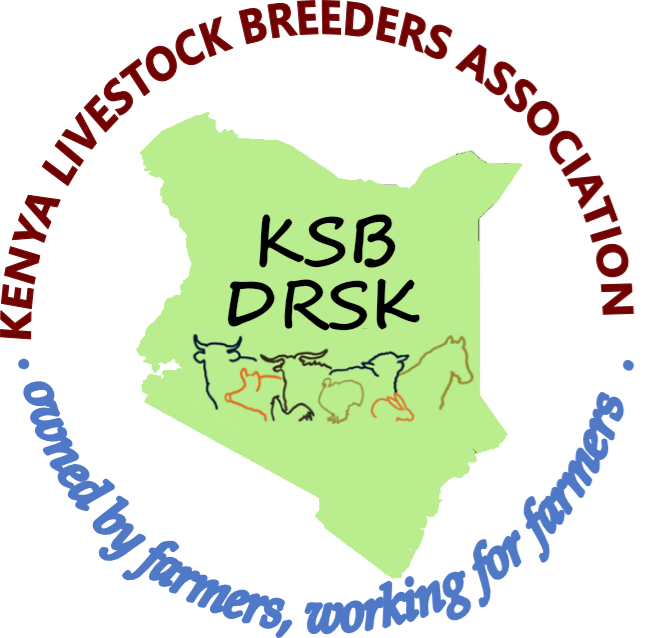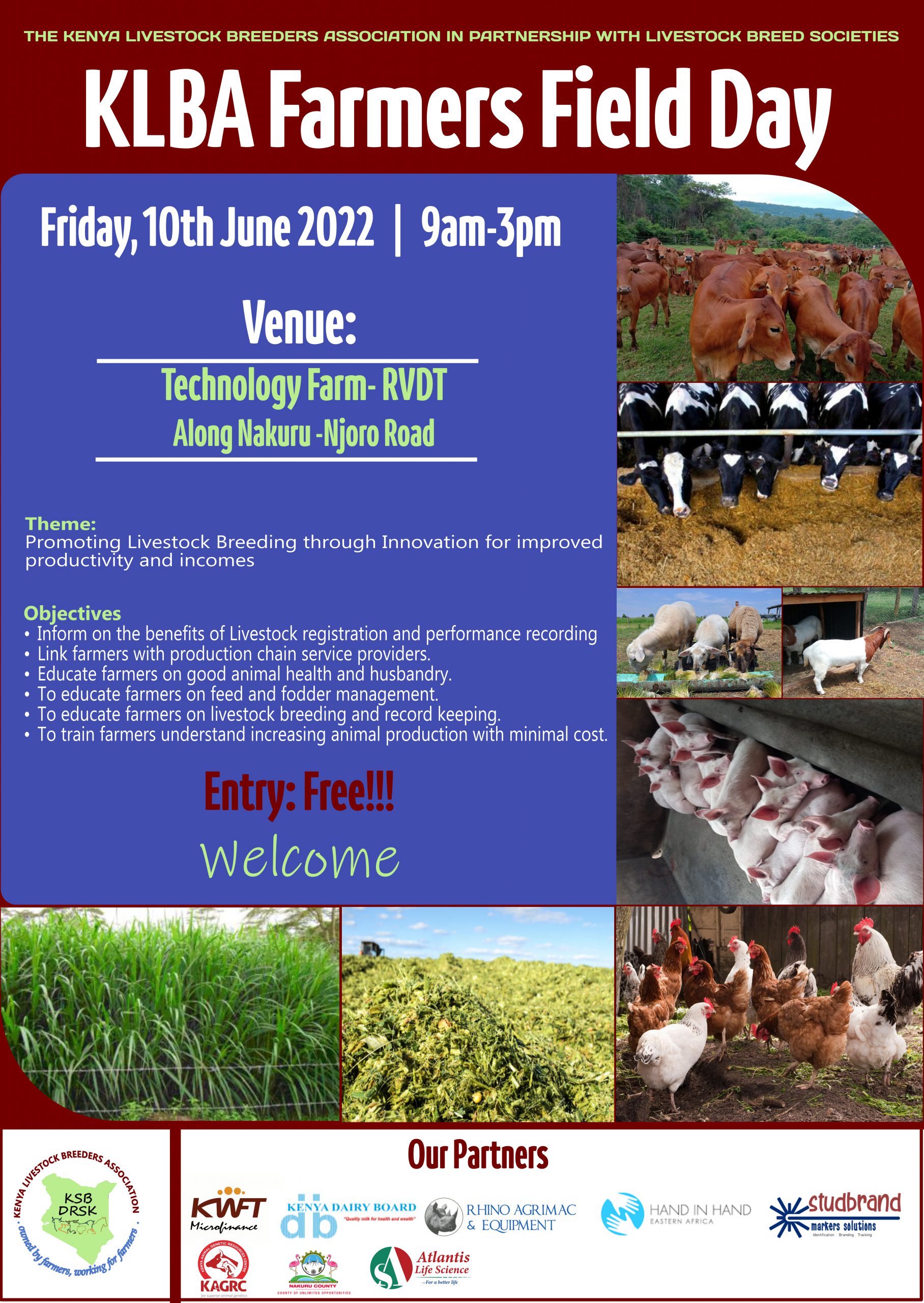Milk Recording Information
1. Why Milk Record and How?
Milk Recording
The business environment for Dairy farmers in Kenya is undergoing some rapid changes, a lot of which are outside the direct control of the farmer. (e.g. milk quota, quality, etc.). However, the fundamentals of production and breeding management are areas where the dairy farmer can directly impact profits through informed decision-making. Now more than ever, it’s crucial the farmers know what their cows are producing with regard to the milk constituents.
Why Record Milk in Dairy Cows?
The Benefits of milk recording
- Quickly identify cows that are most profitable.
- Identify and isolate cows with a subclinical mastitis infection
- Identify which cows produce the most milk
- Know the butterfat % and protein % for each cow
- Know which cows to breed
- Improve the reliability of your EBI
- Increase the sale value of the surplus stock – buyers will pay more for milk recorded animals.
- Identify poor performing cows that are not paying their way or covering their feed costs and need to be culled.
- Authenticate milk production of the registered cows.
- Increase the value of bull calves and female calves from pedigree cows.
- Increase the value of bull calves and female calves from pedigree cows.
- Add the value of the live animals and their off-springs.
Better Management and Breeding Reports
The KLBA database is now providing very useful reports to help farmers make better short-term and long-term management decisions. Three “Test Day” reports (1. Animal Detail, 2. SCC Hi hitters, and 3. Farm summary) are sent after each recording as well as an Annual Summary at year-end.
These reports identify which cows are performing well and which cows are not.
Throughout the year, other management reports are also sent. Such reports like EBI, Calving, Fertility, and BreedingCharts, help the dairy farmer pursue a profitable breeding program.
Who Keeps the Milk Records?
- The dairy farmer at the farm level.
- The KLBA through Dairy Recording Service of Kenya (DRSK) at the national level.
Payment for production certificates are as follows-
- Cow entry at 100/= Once in a lifetime.
- Lactation Report/certificate at 500/= at the end of lactation.
- Herd Average Report/certificate at 350/= on farmer’s request.
What is Milk Testing?
This is the analysis of milk for Butterfat, protein level, minerals, and vitamins.
Who does the milk testing?
This is done by the Livestock Recording Center through the six Butterfat test laboratories in Voi, Karatina, Nakuru, Eldoret, Nairobi, and Kisumu.
Charges for sampling are currently free.
Lactation Certificates
A certificate is issued at the end of the lactation, while herd average and lifetime production certificates are issued on request. The certificate as a report shows the days the animal has been on milk, calving interval, the quantity of milk produced, and butterfat content in kg and %.
Data Analysis
Livestock recording center analyses the milk data from DRSK ranking the animals in terms of their production, it also ranks all the animals with production data, and breeds. The analysis calculates the Breeding value which is used in selecting dams that will be dams of sires.
The breeding value is used as a selection tool for dams that will be mothers of the next generation.
How do I start?
Call the KLBA Office in Nakuru on 0702 251 249 and have the following details to hand;
1. Your Herd Number.
2. Number of milking animals.
3. The date you want your first test.
Who will train me?
Your local technician will spend the first milking with you, working at your pace until ready. This low-cost, low-hassle system provides a great opportunity for you to get the necessary data required to drive a profit-based dairy breeding program.
2. Breeding Indexes – Beef Value, Calving Value, and Maternal Value.
3. High and Low Variation in a Group or Herd.
4. Where to Find EBVs.
5. Using EBVs and Indexes



